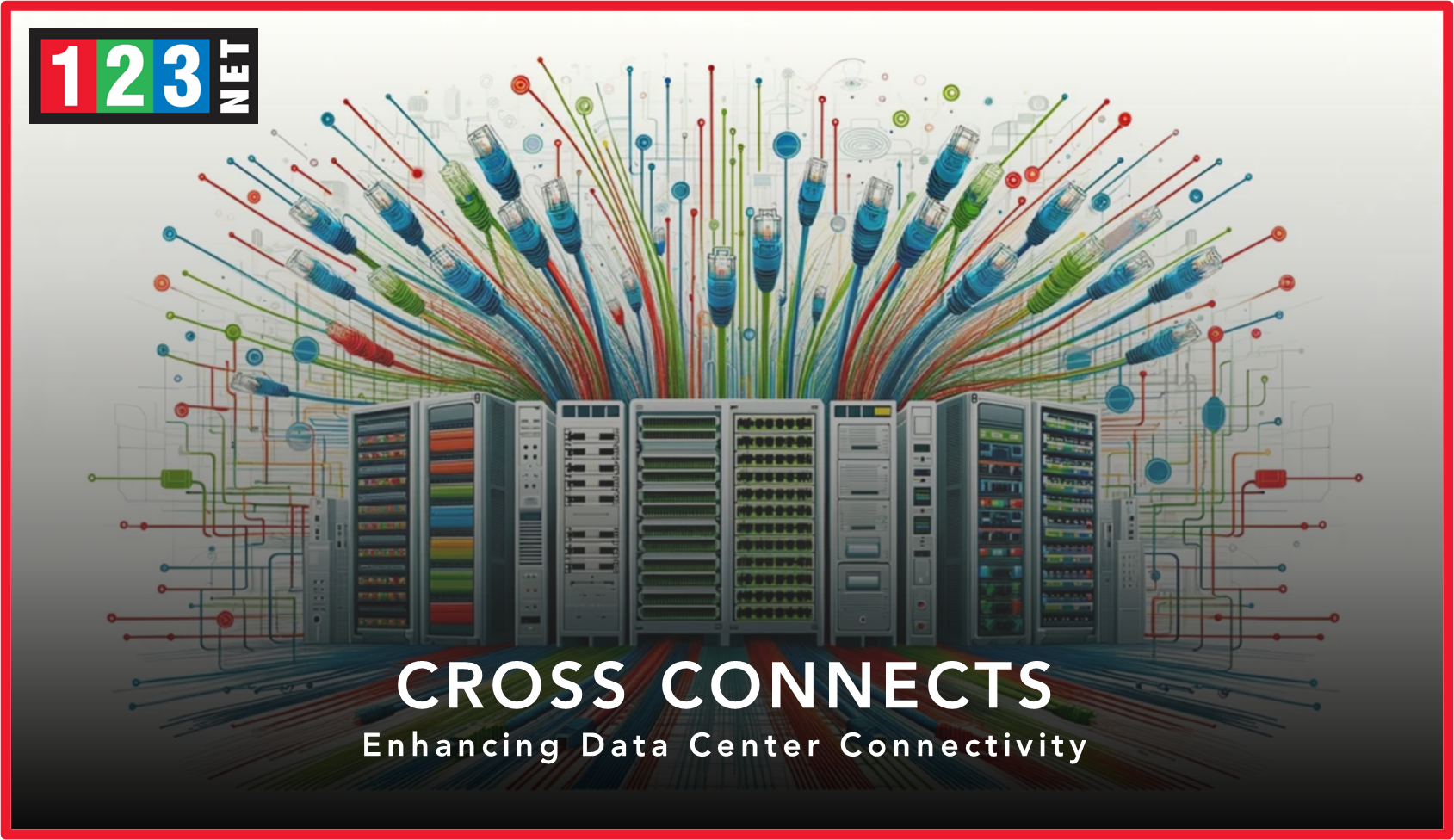
Introduction
XGS PON, or 10-Gigabit-capable Symmetrical Passive Optical Network, is a crucial technology shaping the future of high-speed broadband. This article delves into the intricacies of XGS PON, exploring its technical specifications, distinct features, and broad applications in modern networking. As we transition into an era dominated by data-intensive applications and cloud computing, the importance of robust, scalable network solutions becomes paramount. XGS PON stands out as a significant advancement over previous technologies like GPON. It is offering enhanced bandwidth, symmetrical internet speeds, and improved network efficiency. This article outlines the technology, its key features, applications, advantages, implementation challenges, and future prospects. By providing comprehensive insights into why XGS PON is essential for future-proofing network infrastructures.
What is XGS PON?
XGS PON (10-Gigabit-capable Symmetrical Passive Optical Network) marks a significant evolution in the field of optical networking. Defined by its capability to deliver 10 Gbps symmetrical speeds, it stands as a superior successor to the GPON (Gigabit-capable Passive Optical Network) technology. It offers asymmetrical speeds—up to 2.5 Gbps downstream and 1.25 Gbps upstream. The symmetrical bandwidth of XGS PON ensures equal capacity for both uploading and downloading. It is catering effectively to modern internet usage trends that demand substantial upload capacity. Such as video conferencing, high-definition content streaming, and large file uploads.
Technical Specifications
The architectural components include the Optical Line Terminal (OLT), located at the service provider’s site, and the Optical Network Terminal (ONT), situated at the user’s premises. These components are crucial for managing high-speed data transmission across optical fiber networks. It is establishing XGS PON as a fundamental technology in Fiber to the Home (FTTH) implementations. This setup not only supports the transmission of vast amounts of data but also ensures reliability and efficiency in service delivery.
Optical Fiber Technology
The utilization of cutting-edge optical fiber technology in XGS PON allows for reduced latency and enhanced network reliability. They are vital for supporting real-time applications and services. This technology also contributes to the network’s scalability. It is enabling service providers to expand their infrastructure without significant modifications to the core network.
Comparison with GPON
In the comparison of GPON vs XGS PON, it is evident that XGS PON’s ability to handle data symmetrically and at higher capacities offers a substantial improvement over its predecessor. This not only reflects a technical upgrade in terms of bandwidth and speed but also signifies a shift in how data services are delivered and managed. The transition paves the way for more sophisticated and demanding network applications. It is preparing networks to meet future data transmission requirements more effectively.
In conclusion, XGS PON represents a transformative advancement in PON technology. It is designed to meet the escalating demands of modern network environments. It ensures robust, efficient, and scalable network infrastructure, making it an essential component for future-proofing telecommunications networks.
Key Features of XGS PON
XGS PON stands out in the realm of Passive Optical Networks with its robust features designed to meet the intensive demands of contemporary network users and a wide array of applications. Key among its attributes are the high bandwidth capabilities and symmetrical upload and download speeds. They are collectively enhance user experience and network performance.
High Bandwidth Capabilities
Central to XGS PON is the deployment of 10G PON technology, a critical element for facilitating high-speed broadband access. This technology allows the network to support bandwidth-intensive activities seamlessly. Users can stream ultra-high-definition videos, engage in online gaming with heavy graphics, and participate in high-resolution video conferencing without suffering from buffering or interruptions. This level of performance is crucial for both personal and professional environments, where efficiency and speed are paramount.
Symmetrical Upload and Download Speeds
One of the revolutionary features of XGS PON is its ability to provide symmetrical internet speeds. This offers equal bandwidth for both uploads and downloads. This symmetry is particularly vital in today’s digital ecosystem, where content creation, real-time communication, and cloud services are as bandwidth-consuming as content consumption. For instance, users uploading large video files for work or streaming content live benefit immensely from the same speeds and reliability typically reserved for downloading content. This symmetry not only improves user satisfaction but also enhances the functionality of smart home technologies and IoT devices that rely on continuous two-way communication.
Enhanced Network Efficiency
The implementation of XGS PON also brings about an improvement in overall network efficiency. Networks can handle more data simultaneously, cater to more users, and scale more effectively without the need for constant upgrades. This efficiency is due to the advanced optical fiber technology that underpins XGS PON, facilitating a more streamlined and robust infrastructure.
Future-Proofing Networks
By adopting XGS PON, service providers ensure that their networks are equipped to handle future developments in internet technology and user demands. This forward-thinking approach not only maximizes the lifespan of network infrastructure but also ensures that providers can continue to offer competitive and cutting-edge services.
In summary, XGS PON’s introduction of high-speed, symmetrical bandwidth capabilities ensures it meets the modern-day requirements of high-speed internet access. It is marking a significant step forward in the evolution of network technologies. It is tailored to support the current and emerging demands of advanced applications. Making it a cornerstone in the development of future-proof network infrastructures.
Applications of XGS PON
XGS PON technology finds extensive applications across various sectors due to its superior connectivity and network reliability. It is essential in residential settings, business environments, and mobile network operations.
Residential Internet Services
For residential users, XGS PON is transformative, delivering faster internet speeds and enhanced service quality. As homes become more integrated with smart devices and IoT technologies, the need for robust, high-speed internet is more acute than ever. It’s capability to provide high bandwidth supports the seamless operation of smart home technologies, streaming services, and telecommuting tools. This technology ensures that households have reliable and quick access to the internet, essential for modern living where connectivity is as crucial as any other utility.
Enterprise Solutions
In the business realm, XGS PON offers significant advantages. Companies enjoy improved access to cloud-based applications, ensuring that large files and data-intensive programs run smoothly without latency issues. Additionally, enhances data security and supports more simultaneous connections, which is vital for enterprises with large workforces or those that depend on constant data exchange and online collaboration. This level of performance supports a variety of business operations, from virtual meetings and large-scale data transfers to real-time customer services and remote desktop operations.
Backhaul for Mobile Networks
XGS PON also plays a pivotal role in the telecommunications industry, particularly in backhauling data from cellular towers. This is increasingly important with the rollout of 5G networks, which require robust and high-capacity backhaul solutions to handle the anticipated increase in data traffic. XGS PON’s ability to manage large volumes of data effectively makes it an excellent choice for supporting the infrastructure needed for advanced mobile communications, ensuring that cellular networks are both reliable and capable of catering to the next generation of mobile connectivity.
Overall, these applications span across critical areas of modern infrastructure, underpinning the functionality of residential, enterprise, and mobile network services. Its deployment is instrumental in advancing how connectivity is managed. It is enhancing the ability to handle higher data volumes and ensuring greater network reliability. Some key factors that define the efficiency of digital communications and internet services today.
Advantages of XGS PON
The deployment of XGS PON technology brings a host of benefits that significantly improve both service quality and the economic efficiency of network operations.
Enhanced Capacity and Efficiency
XGS PON is distinguished by its increased bandwidth and operational efficiency, allowing networks to scale up to meet future demands without the need for frequent and extensive upgrades. This scalability is crucial in managing the exponential growth of network traffic and the proliferation of connected devices. By enabling networks to handle larger volumes of data more effectively, it reduces the likelihood of congestion and enhances the overall user experience. This is particularly important in an era where digital communications are becoming increasingly data-intensive.
Future-proofing Network Infrastructure
Investing in XGS PON technology is an investment in the future of network infrastructures. With its advanced capabilities, prepares networks to accommodate upcoming technologies and evolving user demands. This proactive approach to network design not only extends the lifespan of network infrastructure but also ensures its relevance as new technologies and service requirements emerge. By adopting to it, service providers can stay ahead in a competitive market, offering cutting-edge services that are robust and adaptable over time.
Cost-effectiveness Over Time
While the initial costs associated with upgrading to XGS PON can be significant, the long-term economic benefits justify the initial investment. The enhanced efficiency and reduced need for frequent upgrades translate into lower operational costs over time. Additionally, the superior service quality and reliability of XGS PON can lead to increased customer satisfaction and retention. It is crucial for maintaining revenue streams in the competitive broadband market. The cost-effectiveness becomes increasingly apparent as networks grow and evolve, making it a prudent choice for modern networking environments.
Overall, the advantages of XGS PON are transformative, providing enhanced network performance, future readiness, and cost efficiency. These benefits collectively ensure that networks are equipped to handle modern-day demands and future advancements. Making it a key technology in the landscape of next-generation network solutions.
Future of XGS PON
The future of XGS PON is highly promising as it adapts and evolves in response to new market demands and technological advancements. This technology is poised to meet the increasing requirements of modern networks with ongoing innovations and improvements.
Innovations in PON Technology
Continuous advancements in PON technology are enhancing performance. Also reducing costs, which in turn promotes wider adoption across various sectors. These innovations focus on increasing bandwidth capacities, improving energy efficiency, and integrating seamlessly with existing network infrastructures. As technological progressions continue, XGS PON is expected to become even more versatile and cost-effective. It is making it an attractive option not only for new deployments but also for upgrading existing network systems.
5G Deployment
XGS PON is instrumental in the rollout of 5G networks, where it serves as a critical backbone infrastructure. Its ability to handle high data throughput and provide robust connectivity supports the dense data transfer requirements of 5G technologies. This includes enhanced mobile broadband, ultra-reliable low-latency communications, and massive machine-type communications. All of which are foundational for the next generation of mobile networks. The deployment thus ensures that network backbones can cope with the increased traffic. As well as the stringent performance demands of 5G services.
The strategic integration future existing and new network infrastructures highlights its crucial role in future telecommunications landscapes. As networks continue to demand higher speeds and greater capacities, XGS PON stands ready to meet these challenges. It is promising a future where high-speed, reliable, and efficient network services are the norm. This positions XGS PON as a cornerstone technology for future network developments. It is in an era leaning towards more connected and advanced digital ecosystems.

FAQs
- What makes XGS PON different from GPON? A: XGS PON differs from GPON in its ability to provide 10 Gbps symmetrical speeds, which is essential for supporting both high upload and download demands of modern internet users.
- How does XGS PON contribute to faster internet speeds? A: By utilizing 10G PON technology, XGS PON ensures that users have access to high-speed broadband, essential for today’s bandwidth-intensive applications.
- What are the initial costs associated with switching to XGS PON? A: The initial costs of upgrading to XGS PON can be significant due to the need for new infrastructure and equipment. However, the long-term benefits often outweigh these initial investments.
- Future prospects of XGS PON technology A: The ongoing development and implementation of XGS PON technology promise continued enhancements in network speed, reliability, and cost-effectiveness, making it a vital component of future networking landscapes.




